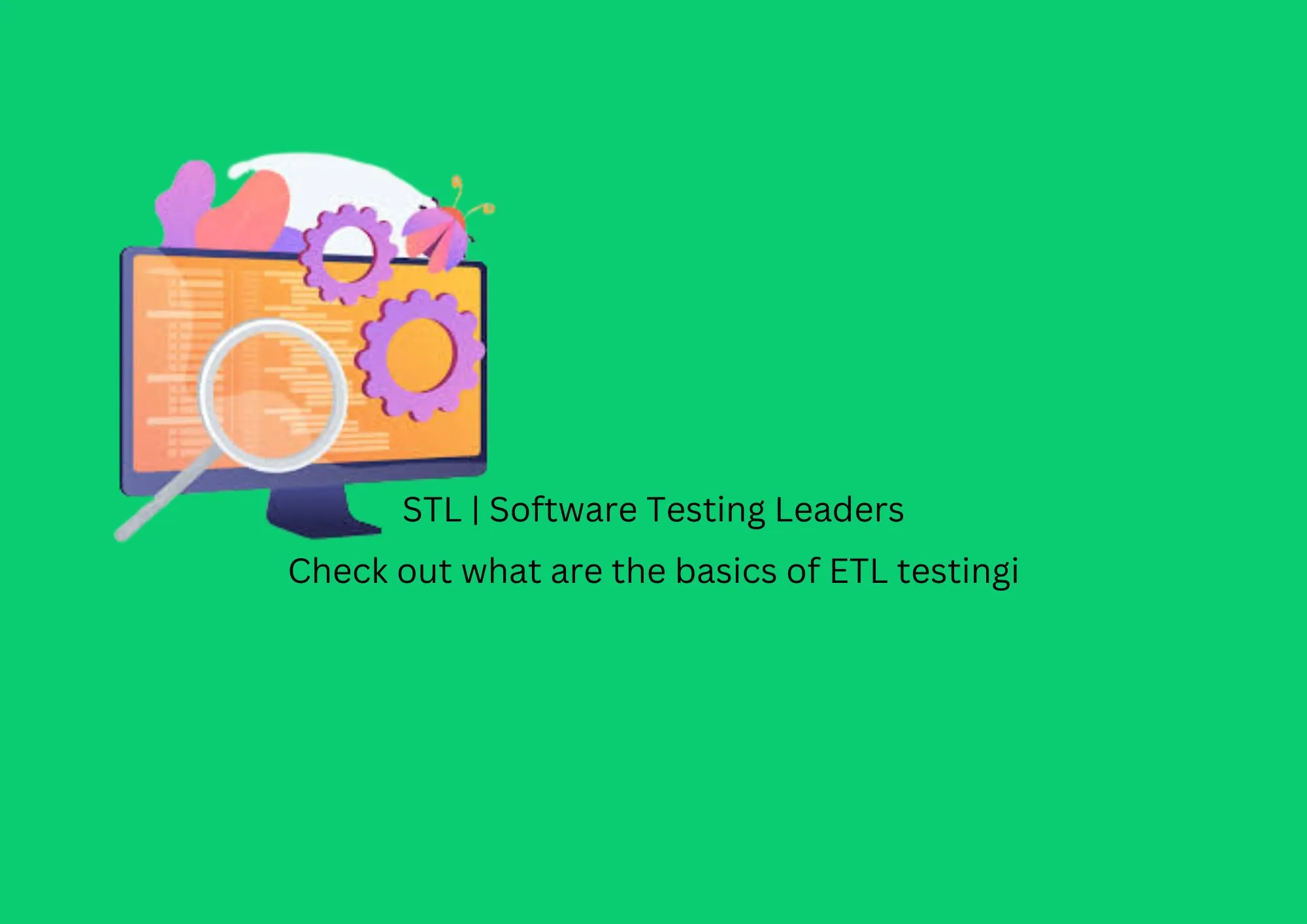ETL Testing
This blog is meant for the Techies who are interested in ETL (Extract ,Transform, and Load) Testing or want to know the Ins and Outs of ETL Testing. This Blog will explain the various aspects a tester should know to understand the Basics of ETL Testing.
Following points will be covered in this Blog:
- What is Extract ,Transform, and Load Testing?
- ETL Process
- Need of ETL Testing
- ETL Testing lifecycle
- Benefits of ETL Testing
- Challenges we face in ETL Testing
- Future of ETL Testing
- Types of ETL Bugs
- Roles and Responsibilities of ETL Tester
- Tools of Extract ,Transform, and Load Testing
What is ETL Testing?
ETL stands for Extract, Transform, and Load. It is a process that extracts data from source systems, transforms the information into consistent datatype then loads the data into a single repository.
Extract – Extract is the process of retrieving the data from different data sources (databases, files, applications).
Transform- The process of changing the retrieved data to the required format or structure, according to business needs, is performed in a separate staging environment. As per business requirements, the transformation implemented can be basic or advanced.
- Basic Transformation: Data is subjected to Cleansing, Scrubbing, Deduplication, Format revision, and key restructuring.
- Advanced Transformation: The data undergoes filtering, joining, splitting, sorting, transposing, aggregation, summarization, derivation, and integration processes.
Load- In this phase, the transformed data is loaded into the target destination, such as databases or data warehouses, either in one full load or in incremental mode, based on business requirements.
ETL (Extract Transform, and Load) Process

Need of (Extract ,Transform, and Load)
As we are aware, ETL involves transforming data from one source to another. During the journey from extraction to loading, there is a possibility of human or system errors that can lead to corrupted data or data loss. To ensure the accuracy of data transformed into the ETL system, ETL testing must be performed. This testing can eliminate bugs in data based on the below scenarios:
- Data Completeness
- Data Correctness
- Data Integrity
- Data Reconciliation
- Data Transformation
- Data Quality
- Performance and scalability of system
Extract ,Transform, and Load Testing Lifecycle
The Extract ,Transform, and Load Testing lifecycle follows below steps:

- Business Requirements: Understanding and Validating business requirements.
- Test Planning and Estimation: Test Planning involves identifying the Testing technique based on the business need inputs and Test Estimation is done to calculate estimated time to run test-cases and to generate the summary report.
- Designing Testcase and Test Data Creation: Creating test scenarios and test cases.
- Test Execution with Bug Reporting: Execute all the test-cases.
- Summary Report and Result Analysis: Generate a complete summary report
- Test Closure: File a closure process.
Benefits of Testing
- Data Quality: As data is essential for Decision making ETL Testing helps to ensure that only standard quality, complete data and accurate data is saved in the production servers.
- Reduce Data Loss Risk: ELT testing helps to avoid the risk factor of data loss and Duplication of data.
- Provides Timely Access: Cross check the data and provide the access to the user at any time.
Challenges we face in Testing
ETL testing is not same as application testing as it focuses on data testing approach. We face below challenges:
- In this Testing, we compare large volumes of data.
- The data that requires testing originates from multiple data sources, such as databases and flat files.
- Sometimes, data conversion from one type to another necessitates complex SQL queries to compare the data.
- This testing depends on the test data availability with different test scenarios.
- Outdated ETL tools or their code
- Unavailability of source to target mapping documents
- Verifying and validating data comes from different sources with varied formats and structures
- Unstable testing environments
- Data loss during ETL process
- Incorrect, Incomplete or duplicate data
Future of ETL Testing
As DevOps grows to cloud-based data processes and environments, there is a need for automated data integration with ETL testing tools that can generate a considerable amount of data independently without human intervention in real-time. With the growth of Agile, DevOps, AI and Cloud Technologies in the software testing industry, ETL testing is playing an equally important role.
Types of ETL Bugs

Roles and Responsibilities of ETL Tester
- Primary responsibility is validating the data sources, extraction of data, applying transformation logic and loading the data in the destination tables.
- Create and execute test scenarios, test cases, test plans and test harness
- Writing SQL queries to verify different scenarios like count test
- ETL Performance Testing to ensure that system can handle load from multiple users
- Execute backend data-driven Test
Tools of (Extract ,Transform, and Load) Testing
- RightData
- Informatica Data Validation
- QuerySurge
- ICEDQ
- Datagaps ETL Validator
- QualiDI
- Talend Open Studio for Data Integration



